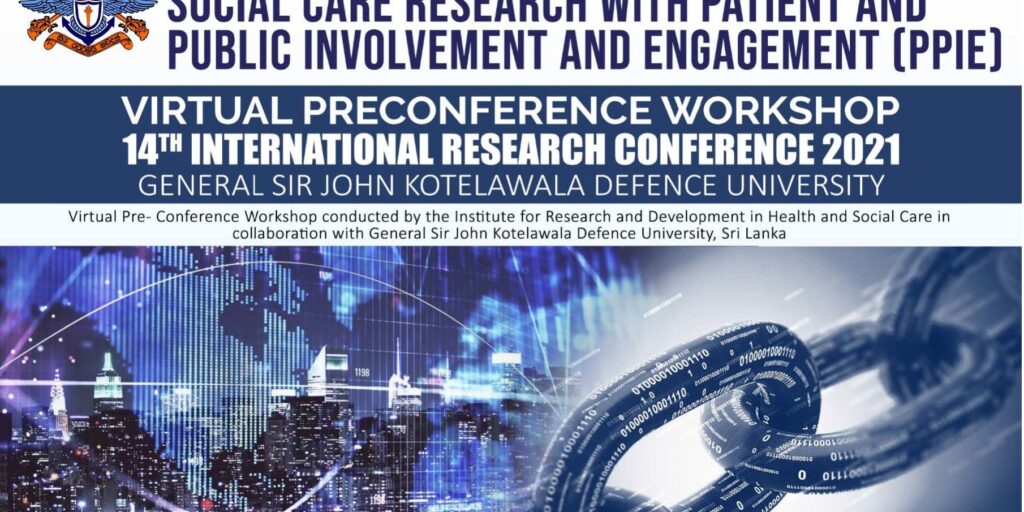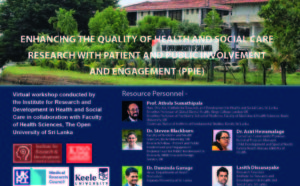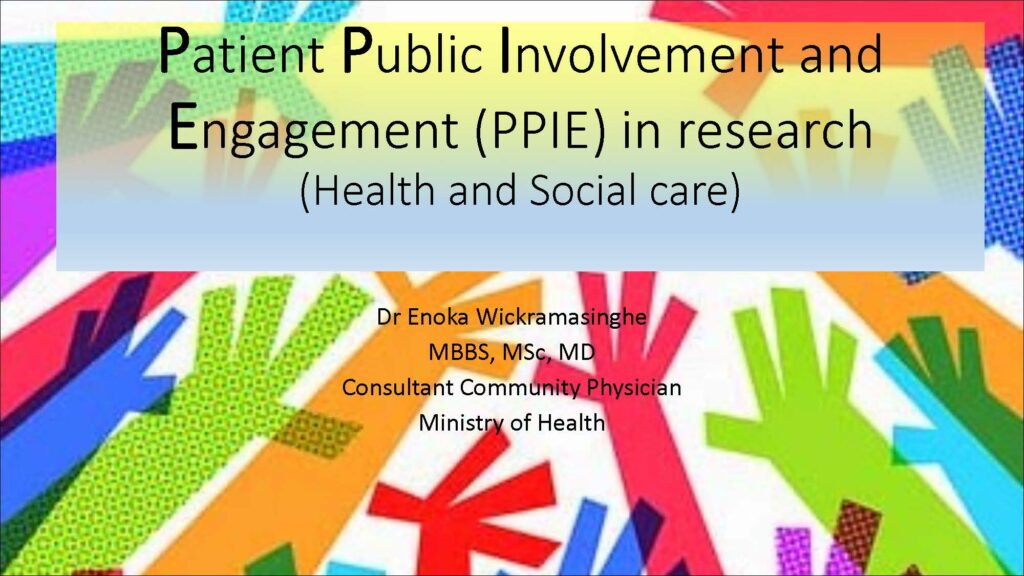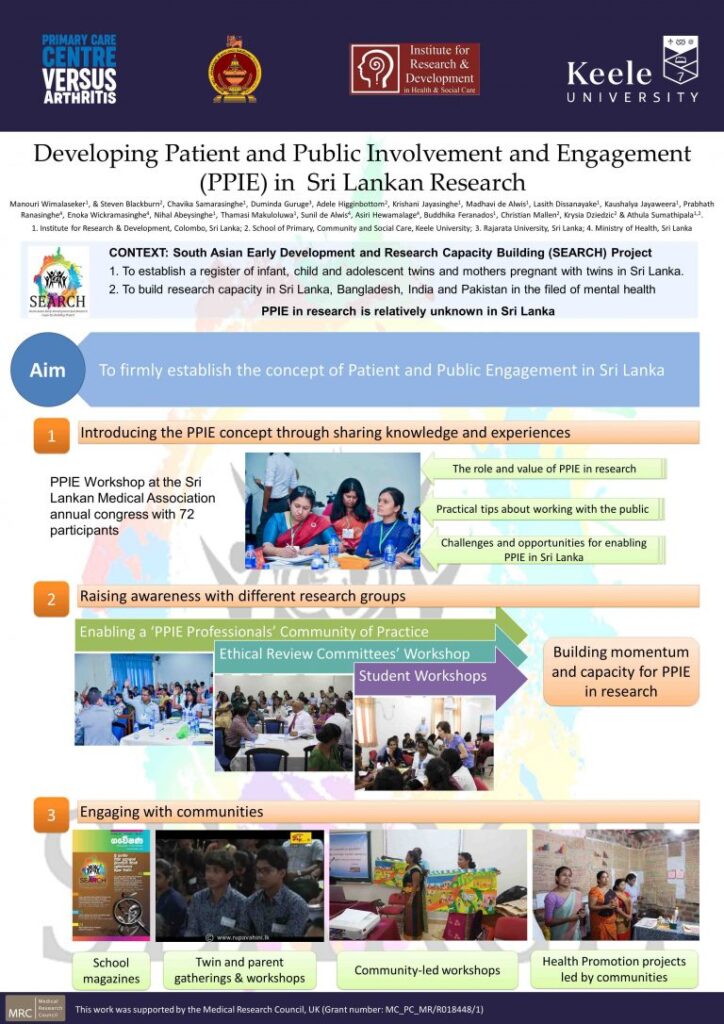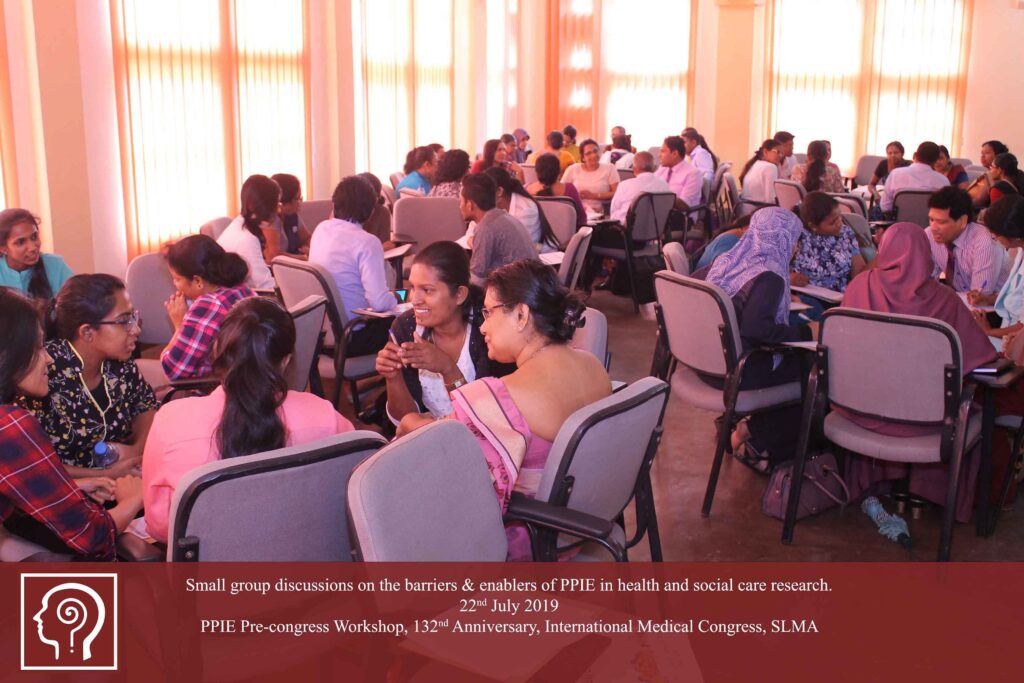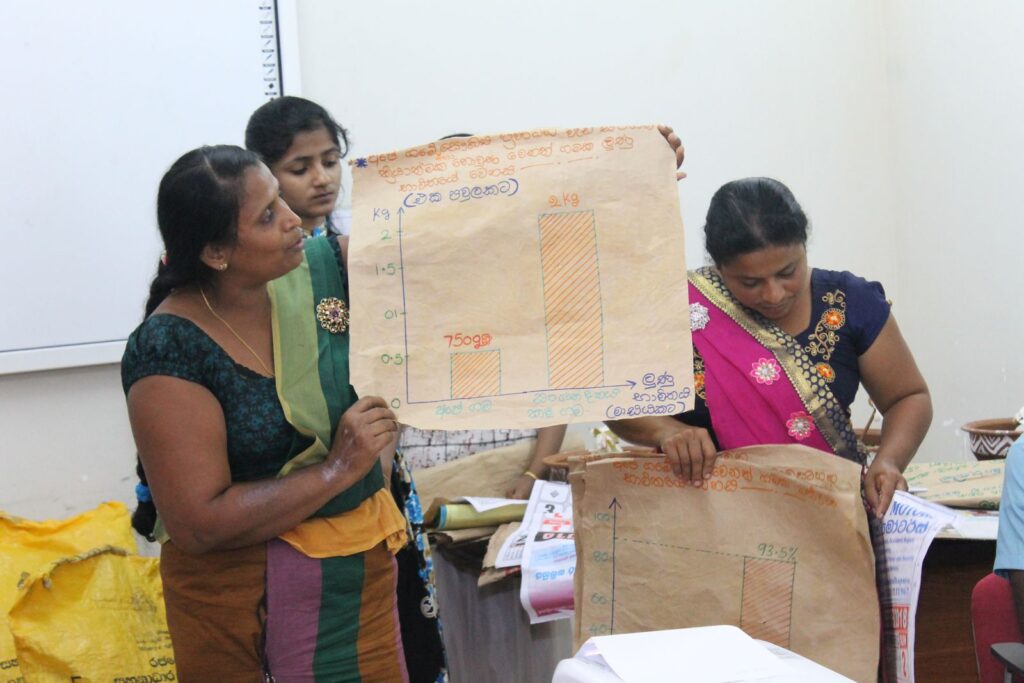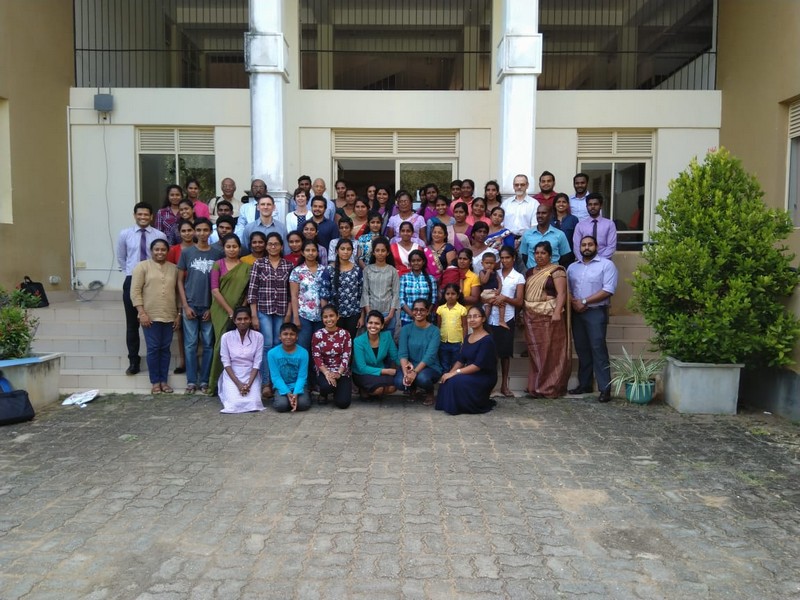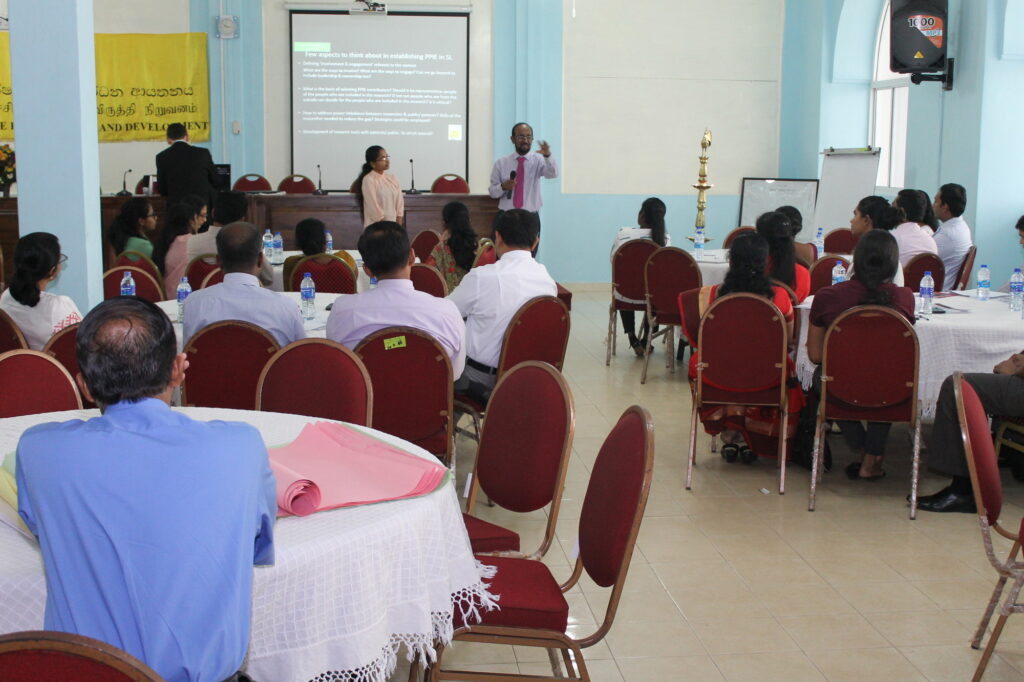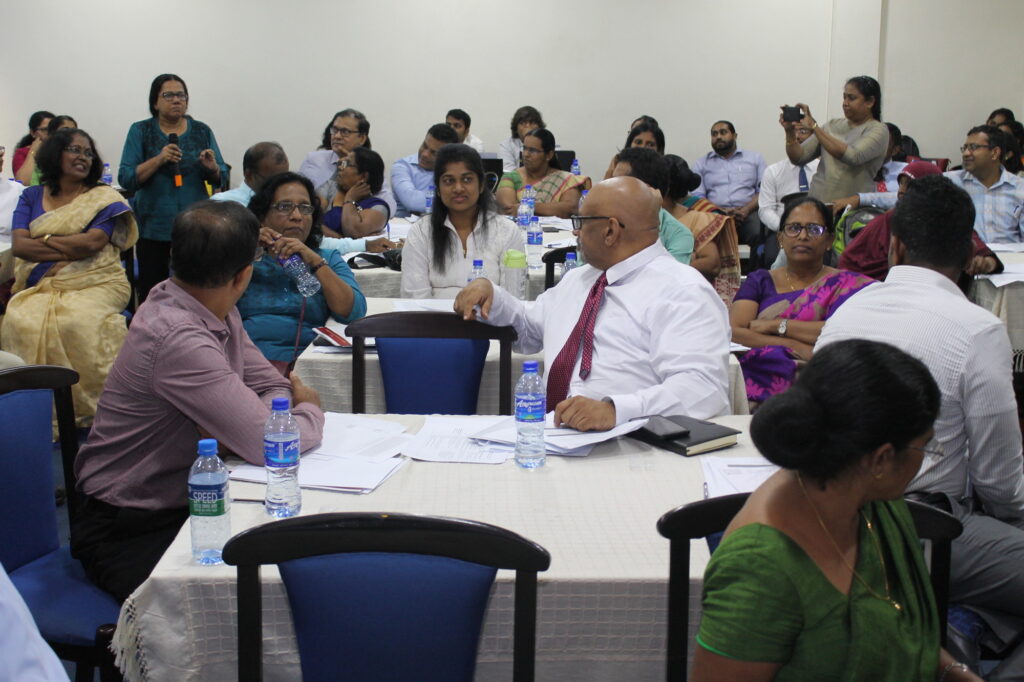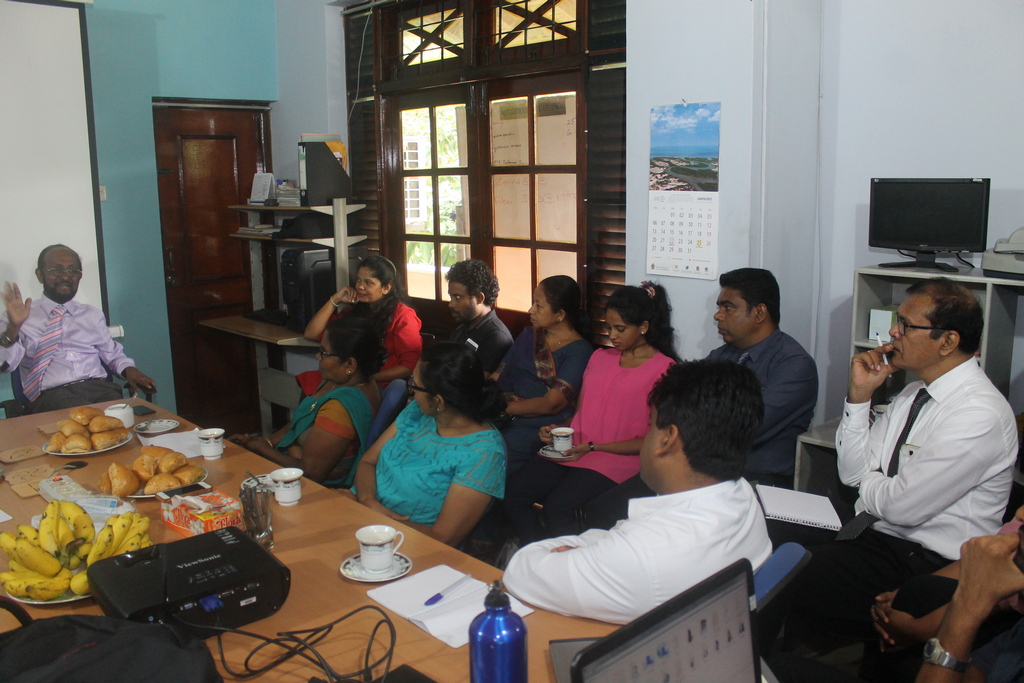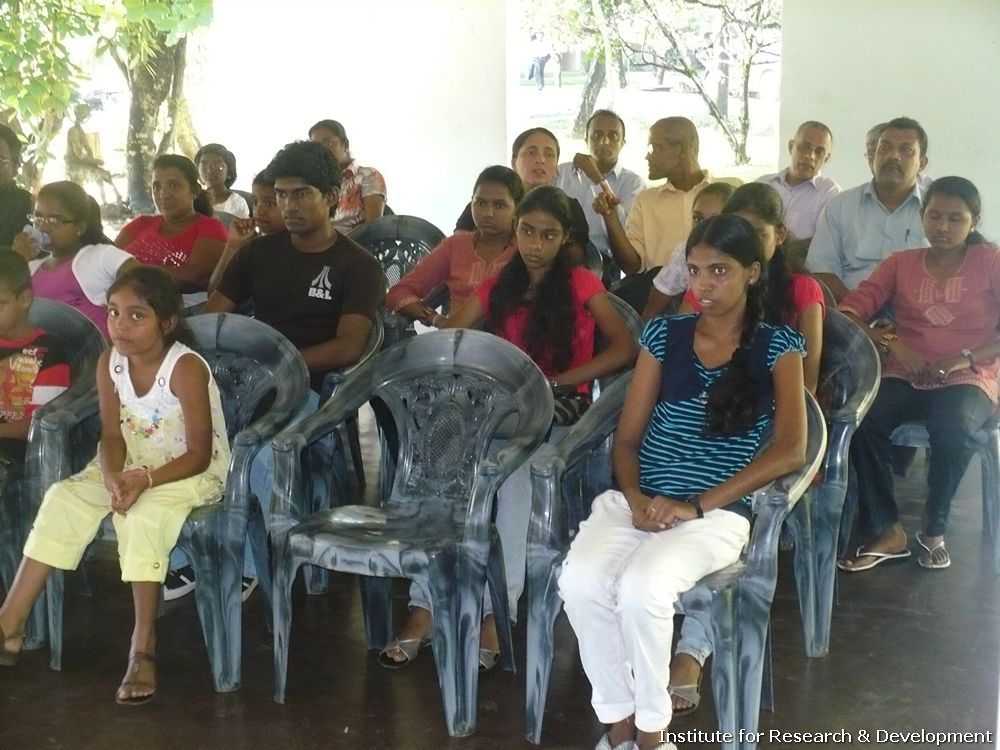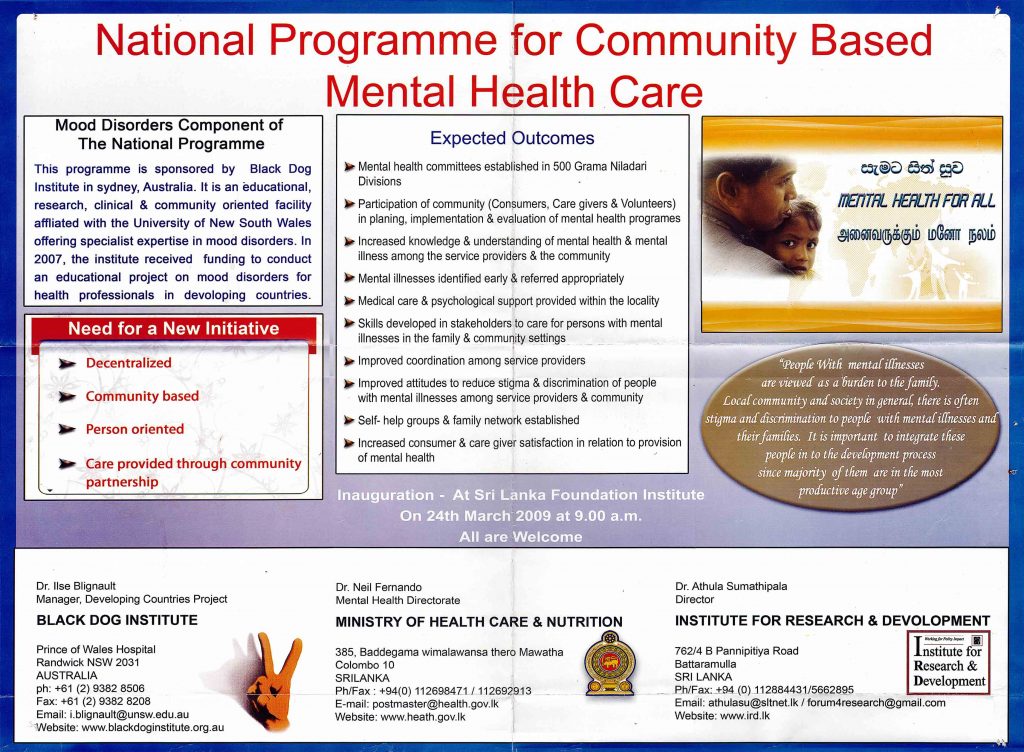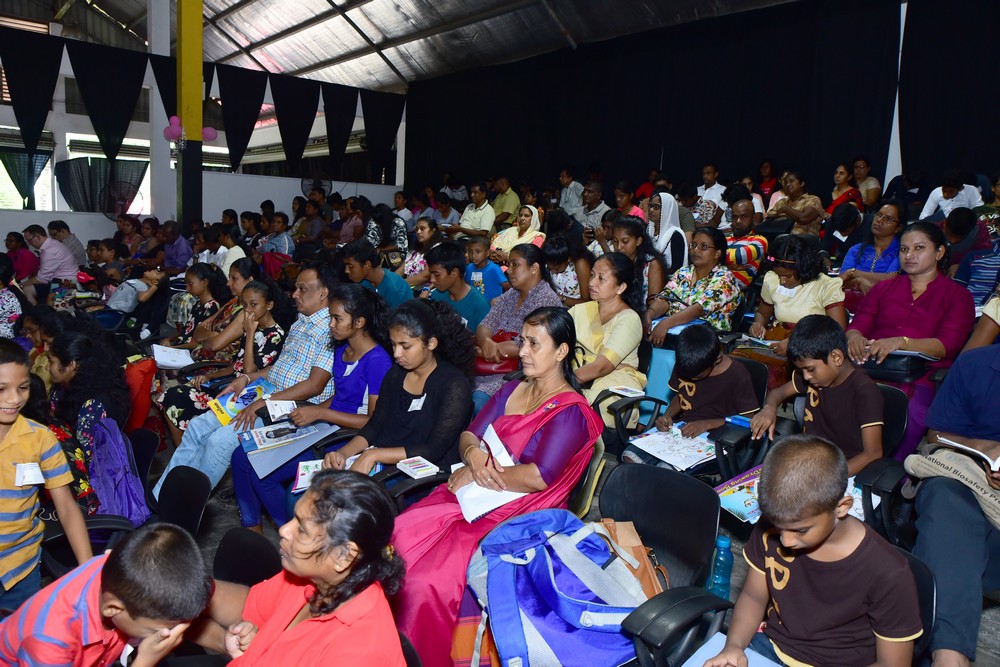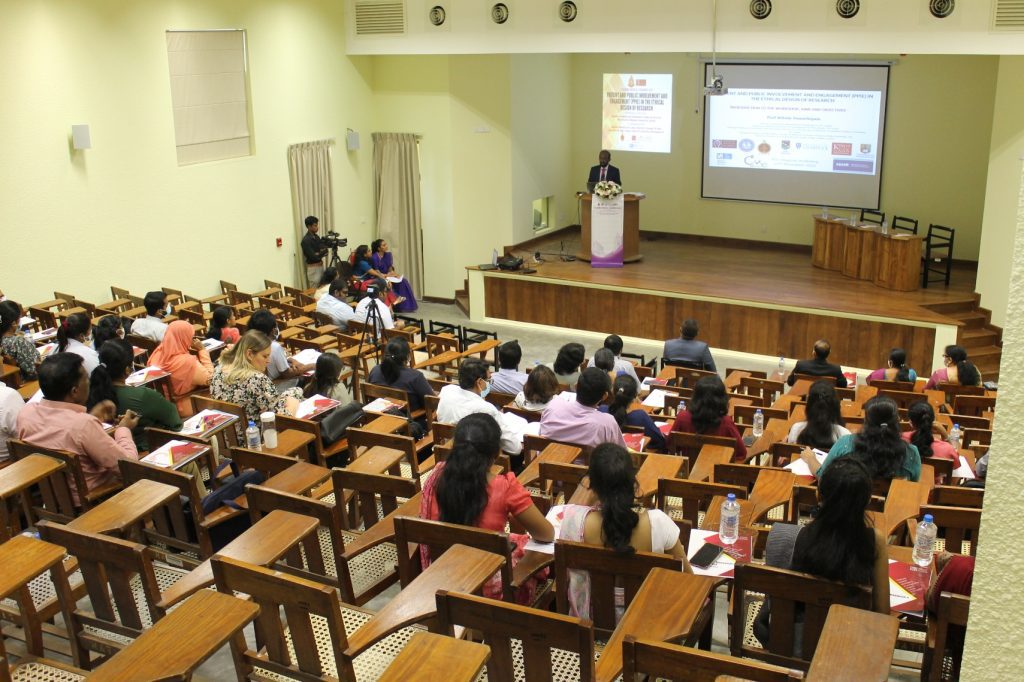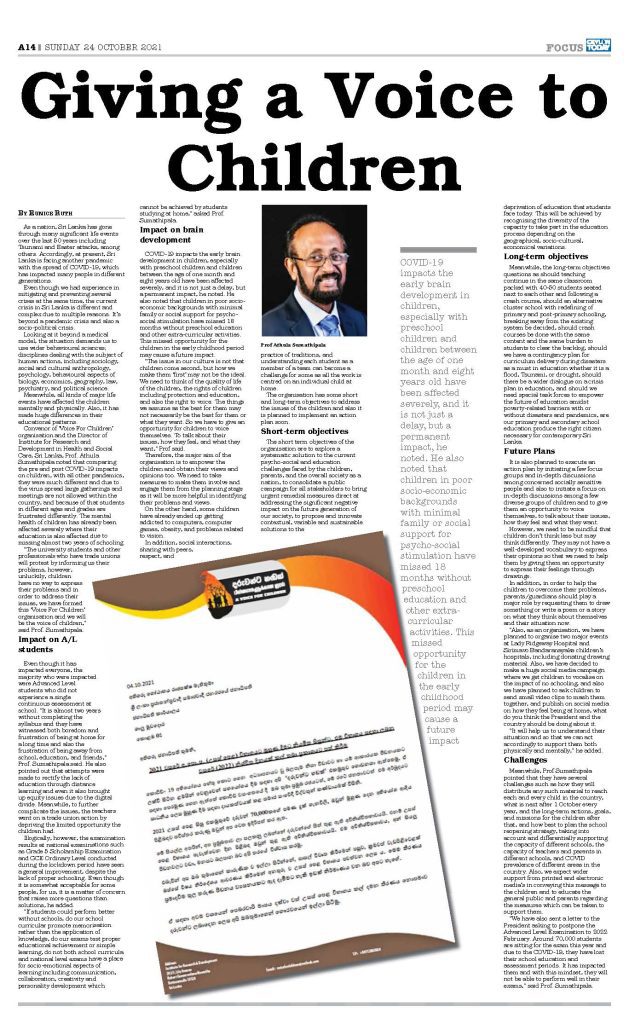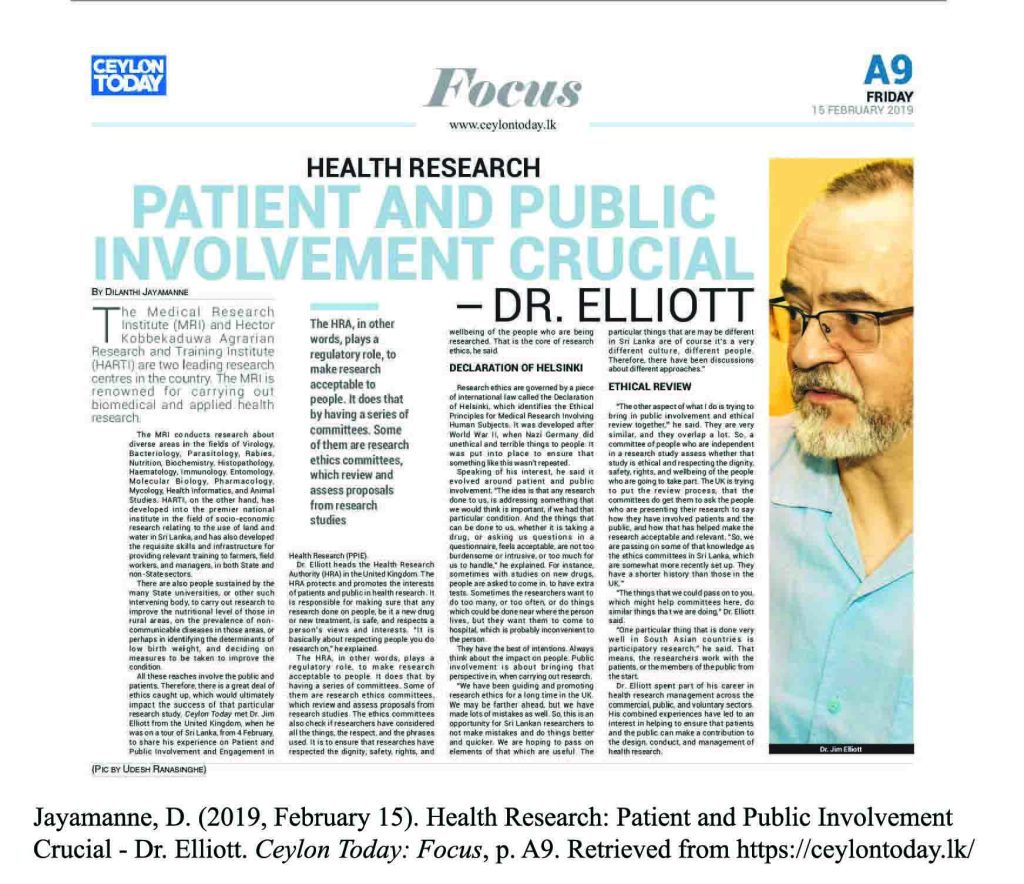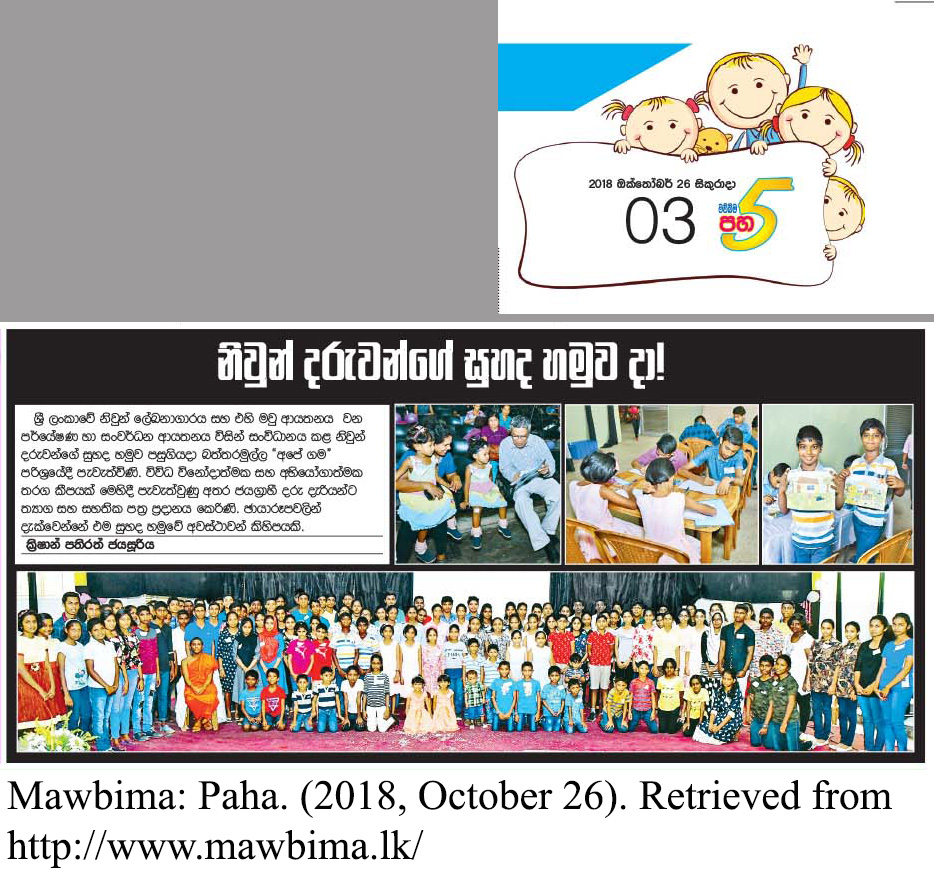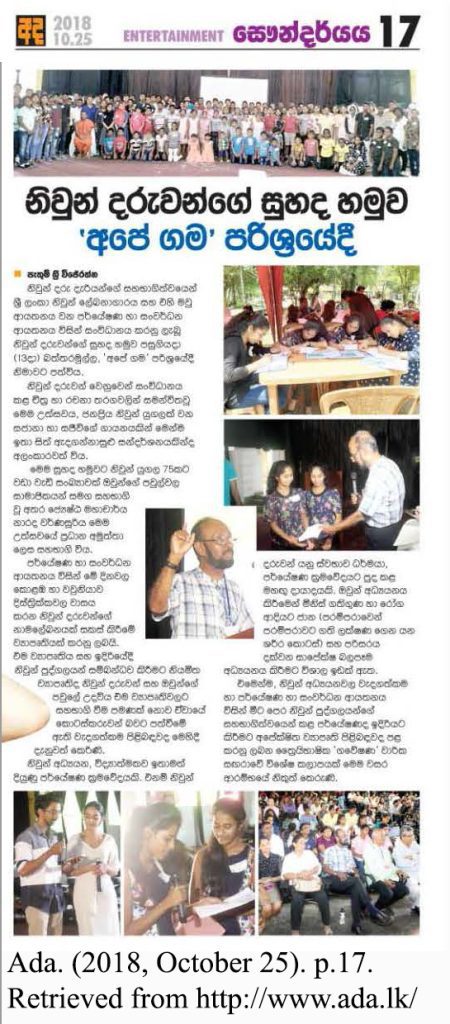Introduction
Community Engagement and Involvement (CEI) in research is a process of involving community and the public in all aspects of research, from identifying research questions to disseminating research findings. This involvement can take many forms, such as:
- Participating in research design and development: Community and the public can provide valuable input on the design of research studies, ensuring that the research is relevant to their needs and priorities. They can also help to develop research materials and tools, such as questionnaires and interview guides.
- Collecting and analyzing data: Community and the public can be involved in collecting and analyzing data, providing a unique perspective on the research question. They can also help to identify and interpret patterns in the data.
- Disseminating research findings: Community and the public can help to disseminate research findings to a wider audience, including other community , the public, and healthcare professionals. They can also help to translate research findings into actionable recommendations.
CEI in research has been shown to have a number of benefits, including:
- Improved relevance of research: CEI can help to ensure that research is relevant to the needs and priorities of community and the public. This can lead to more effective research that is more likely to have a positive impact on health.
- Improved quality of research: CEI can help to improve the quality of research by providing a different perspective on the research question and by identifying potential biases. This can lead to more reliable and trustworthy research findings.
- Increased public trust in research: CEI can help to increase public trust in research by demonstrating that the research community is open to and values the input of community and the public. This can lead to greater public participation in research and greater support for research funding.
There are a number of ways to implement CEI in research. Some common approaches include:
- Establishing community and public advisory groups: These groups can provide input on all aspects of research, from identifying research questions to disseminating research findings.
- Involving community and the public in research design and development: Community and the public can be involved in developing research protocols, questionnaires, and other research materials.
- Collecting and analyzing data: Community and the public can be involved in collecting data, such as by conducting interviews or surveys. They can also be involved in analyzing data, such as by identifying patterns and trends.
- Disseminating research findings: Community and the public can be involved in disseminating research findings, such as by writing blog posts, giving presentations, or participating in media interviews.

















